Masen explores

SHARED READS
A culture of sharing experiences and information is a prerequisite for the worldwide development of renewable energy. With this in mind, “Masen Explores” regularly highlights reports published by major players in the renewables sector.

In its first “Digitalization & Energy” report, The International Energy Agency (IEA) examines the growing correlation between energy and digitalization by focusing on how this is transforming energy systems.
Digital technologies are changing how, where and when energy is consumed. One of the major aspects discussed in the report is how prevalent digitalization will affect energy demand and consumption, primarily in the three energy-intensive sectors of construction, transportation and industry. In these sectors, digitalization is already widely used and could help boost energy efficiency to optimize energy consumption.
DIGITALIZATION & ENERGY
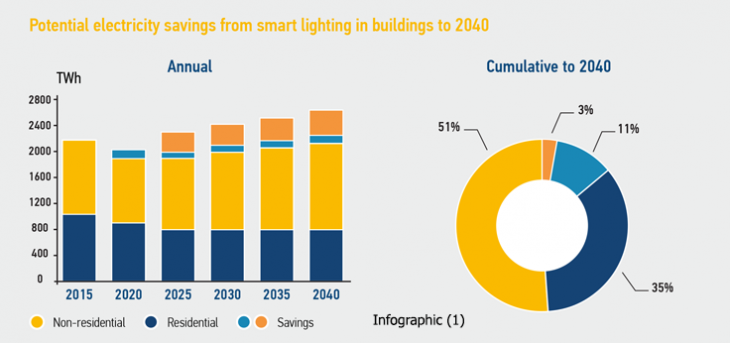
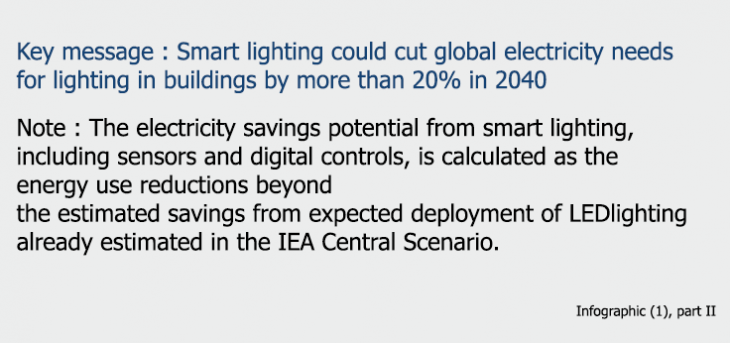
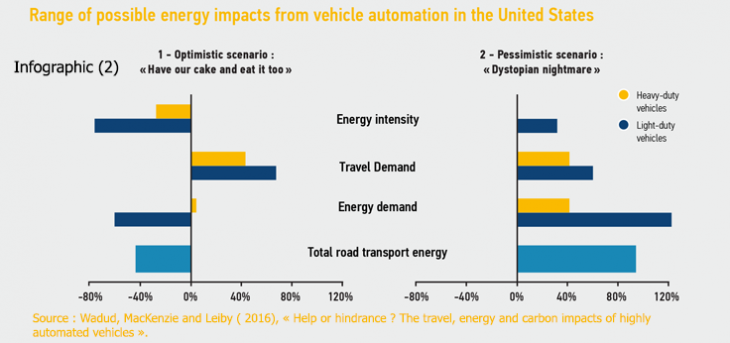
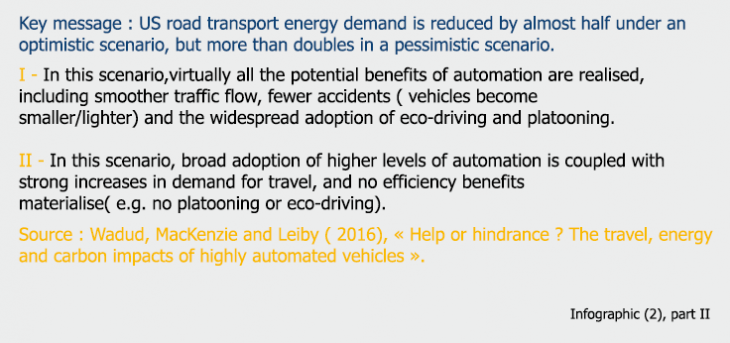
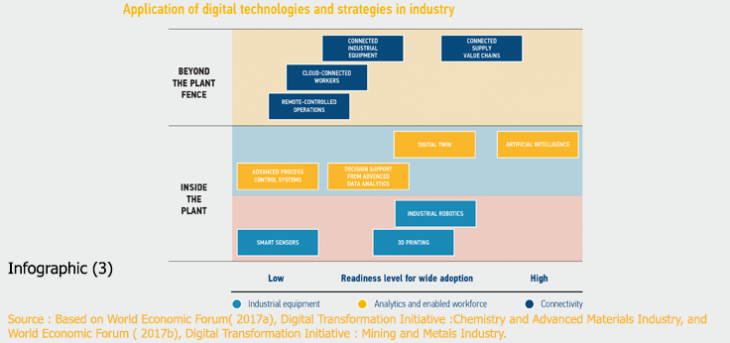
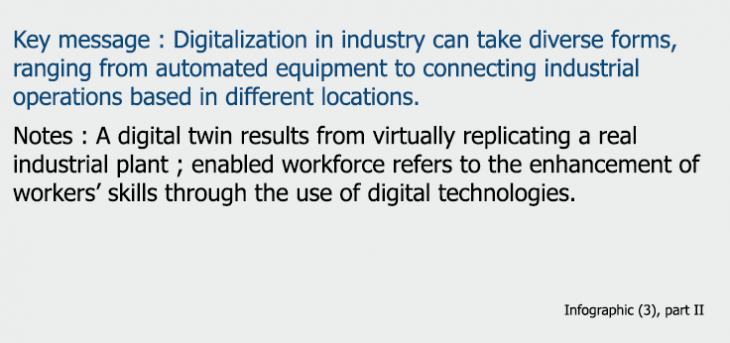
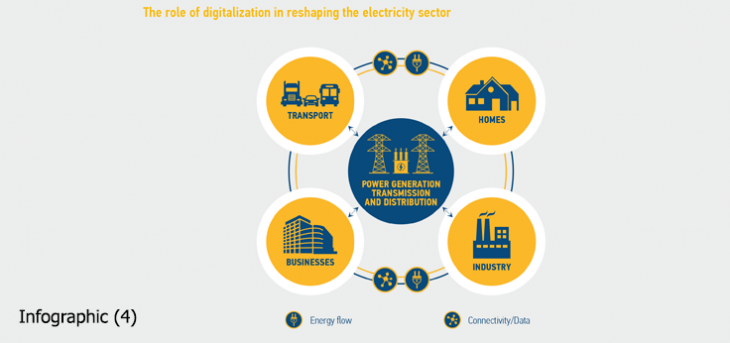
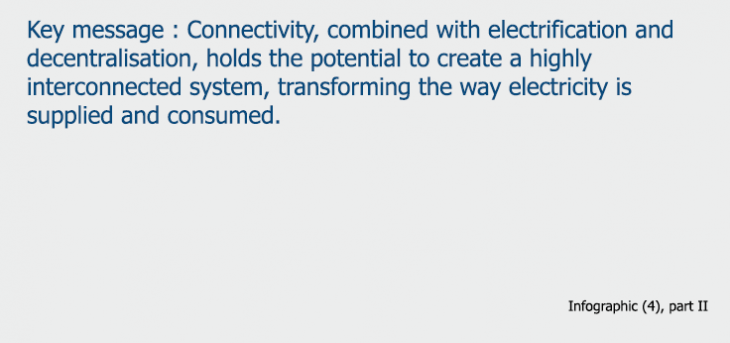
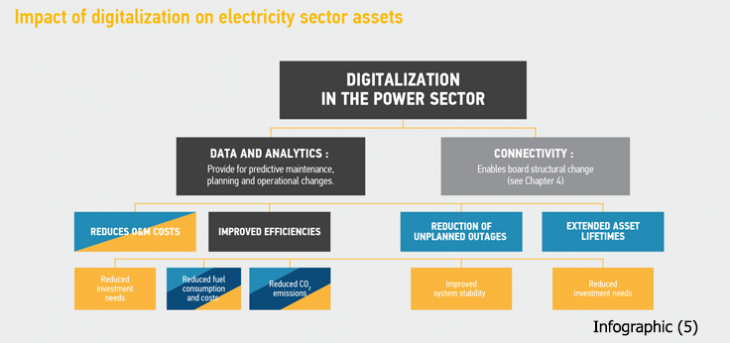
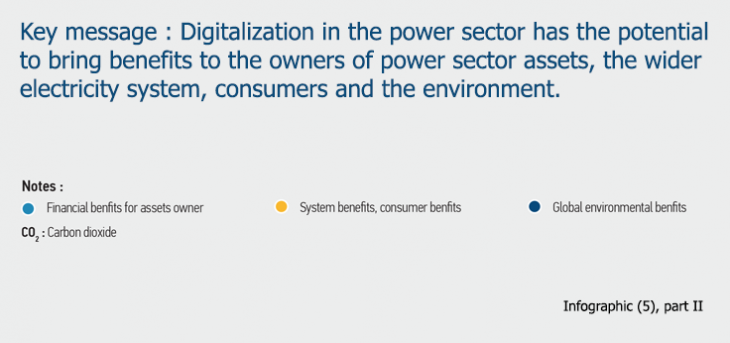
THE SMART HOME
Overall, buildings are responsible for more than one-third of global energy consumption. Thanks to emerging connected devices (domestic appliances, smart lighting and electronic equipment), especially smart meters1 , the IEA predicts a decrease of 10% in energy consumption between 2017 and 2040 through real-time data collection. More than 1 billion households and 11 billion smart appliances could actively participate in interconnected electrical systems by 2040. This would enable these households to make a more efficient use of the grid-stemmed energy.
DEMAND RESPONSE2 IN THE CONSTRUCTION, INDUSTRY AND TRANSPORTATION SECTORS COULD ALLOW A FLEXIBILITY TO THE GRID UP TO 185 GW AND SAVE USD 270 BILLION OF INVESTMENT IN NEW ELECTRICITY INFRASTRUCTURE BY 2040.
See infographic (1)
SMART MOBILITY
Cars, trucks, trains and airplanes are now increasingly smarter and more connected, and improve the efficiency and safety of the transportation system. In the latter case, digitalization means the development of smart systems that use sensors to gather data or even communications tools that enable it to be remotely controlled. Self-driving vehicles will have a massive impact on both the transportation system and its energy consumption.
See infographic (2)
DIGITALIZED INDUSTRY
The digital transformation is also affecting how energy is produced – from smart oilfields to interconnected grids and, increasingly, renewable energies. For power plants, digitalization is helping drive genuine improvements to preventive maintenance, enabling the plant to operate better and for longer.
Furthermore, the IEA has identified significant cost reductions, especially through 3D printing, Artificial Intelligence (AI) and robotics. These three advancements unfold significant transformation when it comes to the intertwinement of energy use, productivity and production. This brings about power plants savings of around 80 billion dollars (USD) per year.
See infographic (3)
According to the IEA, digitalization could help reduce curtailment3 . This would induce the energy sector to leverage productivity, efficiency and safety. This is especially true for solar PV and wind power as their production is highly variable. And as this bolsters the integration of a higher share of this renewable energy mix into the grid. The IEA alluded to this positive impact by estimating that digitalization could reduce curtailment of wind and solar plants in the European Union by 78%4 .
Accordingly, digital technologies could help increase the share of renewables in grids by better matching energy demand to solar and wind power resources.
See infographics (4) and (5)
Digitalization is set to transform the global energy system, with major implications for all of the sector’s stakeholders. The opportunities that it creates could have a beneficial impact across sectors. The impact it has will depend entirely on the public policies put in place and on human behaviour.
1 Smart meters or smart thermostats are energy meters that can provide a detailed and accurate picture of energy consumption, often in real time.
2 Demand response is the energy consumer’s participation in reducing consumption, generating electricity and creating flexibility within the grid.
3 Electrical curtailment is the practice of temporarily decreasing electricity supply to balance production and consumption in order to maintain the integrity of the electricity system.
4 As a reference, Europe produces more than 400 TWh of electricity from wind and PV energy.
DIGITALIZATION & ENERGY
Download